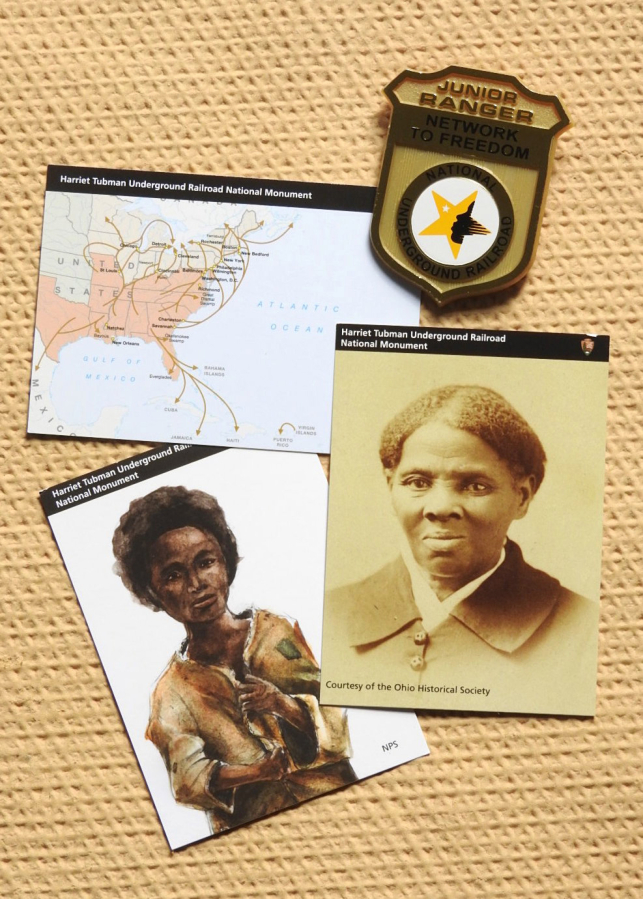If Harriet Tubman were to magically reappear in Dorchester County on Maryland’s Eastern Shore, she might think she had time-traveled back to her childhood. The area’s grassy marshes, sparkling rivers and flat farmland look much as they did when she lived there in the early 1800s.
She knew these fields and waterways well, both as a child born into slavery as Araminta “Minty” Ross and as a woman who married and changed her name to Harriet Tubman. She escaped to freedom at age 27 and risked capture and even death by returning to the area a dozen or more times to help about 70 others, including her parents and brothers, escape, too. They used a secret network of people and places called the Underground Railroad. Tubman was one of its most famous “conductors.” She earned the biblical nickname “Moses” for freeing her people.
That much about Tubman is pretty well known. But other parts of her amazing, long life (she lived into her 90s) are not. A visitor center opening this weekend in Dorchester County aims to give a fuller picture of this remarkable woman.
The first item visitors will see is a bronze bust of Tubman. Mounted on a column, it shows how tall (or short) she was — 5 feet. Sculptor Brendan O’Neill said he wanted to show the strength and grit Tubman displayed, despite her small frame.



